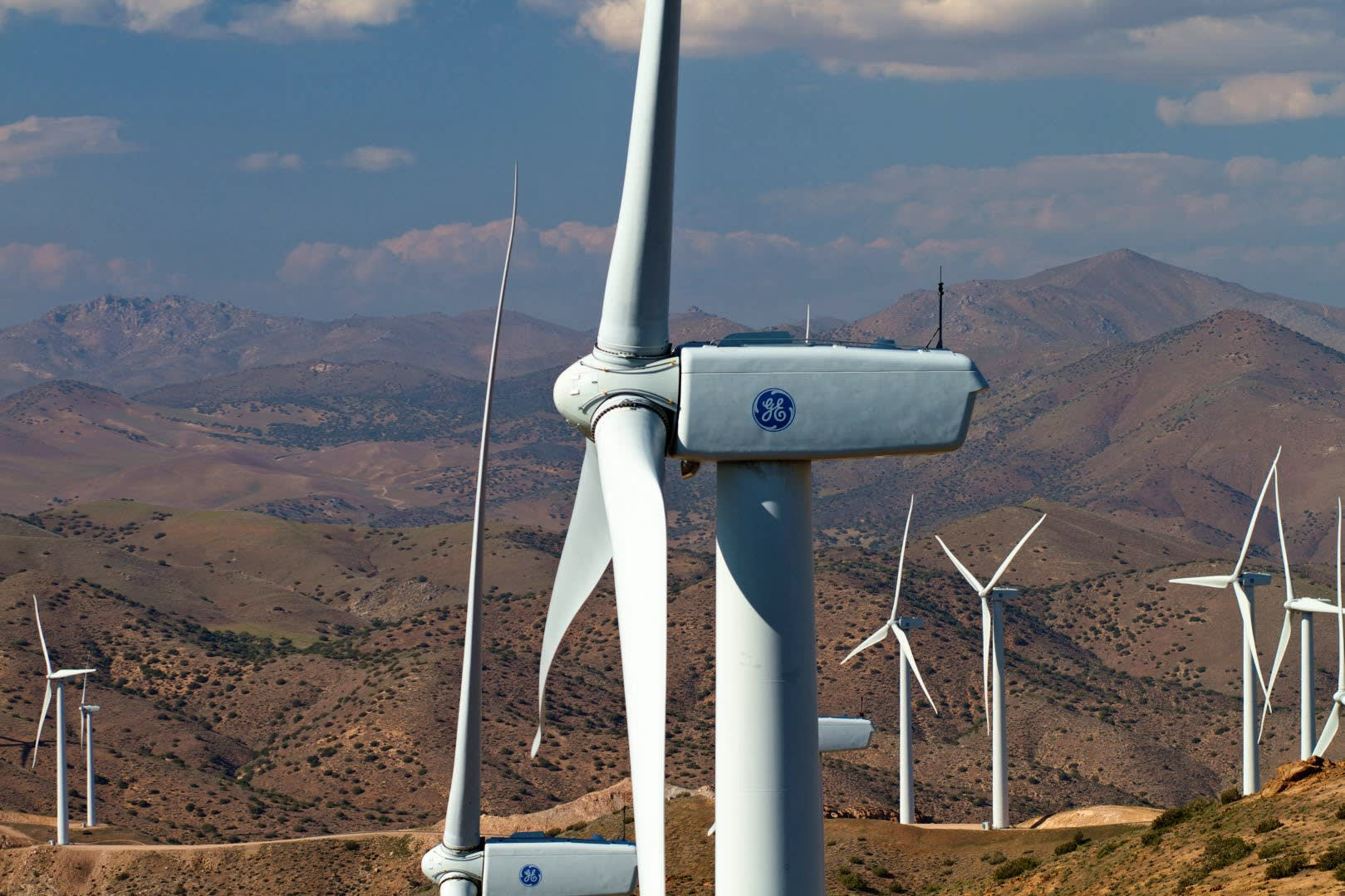In the pursuit of a greener and more sustainable future, the wind energy sector stands as a beacon of hope. At the heart of this industry are wind energy construction contractors, the unsung heroes responsible for turning ambitious renewable energy projects into reality. In this blog post, we'll explore the critical role these contractors play in the construction of wind farms, their expertise, challenges they face, and the outlook for the future.
The Importance of Wind Energy Construction Contractors
Wind energy construction contractors are instrumental in every phase of wind farm development, from site selection and preparation to turbine installation and commissioning. Their expertise in construction management, engineering, and logistics is essential for ensuring the successful execution of wind energy projects. These contractors work closely with developers, turbine manufacturers, and other stakeholders to deliver projects on time, within budget, and to the highest safety and quality standards.
Expertise and Specialized Skills
Building a wind farm is a complex undertaking that requires a diverse set of skills and expertise. Wind energy construction contractors employ teams of professionals with backgrounds in civil engineering, electrical engineering, project management, and environmental science, among others. These experts are responsible for various aspects of the construction process, including:
Site Preparation: Assessing the suitability of the site for wind energy development, conducting environmental impact assessments, and obtaining necessary permits and approvals.
Foundation Construction: Constructing the foundations for wind turbines, which must be robust enough to support the weight of the turbine and withstand the forces of wind and weather.
Turbine Installation: Erecting and installing wind turbines, including the assembly of turbine components, tower erection, and rotor installation.
Electrical Infrastructure: Building the electrical infrastructure necessary to connect the wind farm to the grid, including substations, transformers, and power lines.
Commissioning and Testing: Testing and commissioning the wind turbines to ensure they are functioning correctly and generating electricity efficiently.
Challenges Faced by Wind Energy Construction Contractors
While wind energy construction contractors play a vital role in advancing renewable energy, they also face several challenges in the execution of wind farm projects:
Logistical Complexity: Wind farms are often located in remote or challenging terrain, requiring careful planning and coordination of transportation and logistics for equipment and materials.
Weather and Environmental Factors: Construction activities are highly sensitive to weather conditions, and adverse weather can delay project timelines and increase costs. Environmental considerations, such as habitat protection and wildlife conservation, also add complexity to project planning and execution.
Supply Chain Disruptions: The global nature of the wind energy industry means that construction contractors rely on a complex network of suppliers and vendors. Disruptions in the supply chain, whether due to geopolitical factors, market dynamics, or natural disasters, can impact project schedules and costs.
Safety and Workforce Management: Construction of wind farms involves working at heights and with heavy machinery, posing inherent safety risks. Wind energy construction contractors must prioritize safety protocols and provide adequate training and supervision to ensure the well-being of their workers.
Future Outlook
Despite these challenges, the future looks bright for wind energy construction contractors. The global push for decarbonization and the transition to renewable energy is driving significant growth in the wind energy sector. Governments around the world are setting ambitious renewable energy targets, creating a favorable policy environment for wind farm development.
Technological advancements, such as the development of larger and more efficient turbines, are also driving demand for new wind farm installations and repowering existing sites. Wind energy construction contractors are at the forefront of these developments, leveraging their expertise to deliver innovative solutions and drive down the cost of wind energy.
Moreover, the increasing focus on sustainability and corporate social responsibility is driving demand for renewable energy among businesses and consumers alike. Large corporations are increasingly investing in wind energy as part of their efforts to reduce carbon emissions and achieve renewable energy targets. This growing demand bodes well for wind energy construction contractors, who are well-positioned to capitalize on the expanding market for wind farm construction and maintenance services.
Conclusion
Wind energy construction contractors play a vital role in the development of wind farms, providing the expertise, skills, and resources necessary to turn ambitious renewable energy projects into reality. Despite facing challenges such as logistical complexity, weather risks, and supply chain disruptions, these contractors are poised for continued growth and success in the rapidly expanding wind energy industry. As the world looks to combat climate change and transition to a more sustainable energy future, wind energy construction contractors will remain essential partners in building a cleaner, greener world.







